[Synthesis] 15+ HAZARDOUS CHEMICALS IN INDUSTRIAL YOU SHOULD KNOW
Toxic chemicals in industry are always present in our homes without us knowing. VNT will help you better understand chemicals to avoid their negative effects on us.
The lives of both humans and animals will be shortened rapidly if exposed to toxic chemicals. Among them, the most dangerous chemicals in the world are man-made or naturally occurring. You can be exposed to them in different doses in your daily life and work.
1. Hydrogen peroxide
Formula: H2O2
Hydrogen peroxide is a classic bleach. It is quite common and can be found in your home at a concentration of 3 - 6%. But in concentrated form, it is the fuel for rockets.
This dangerous toxic chemical is extremely volatile and at a concentration of 70% in the laboratory, the smallest drop can cause an explosion. Peroxide explosives were used in the London attacks that killed 52 innocent people in 2005.
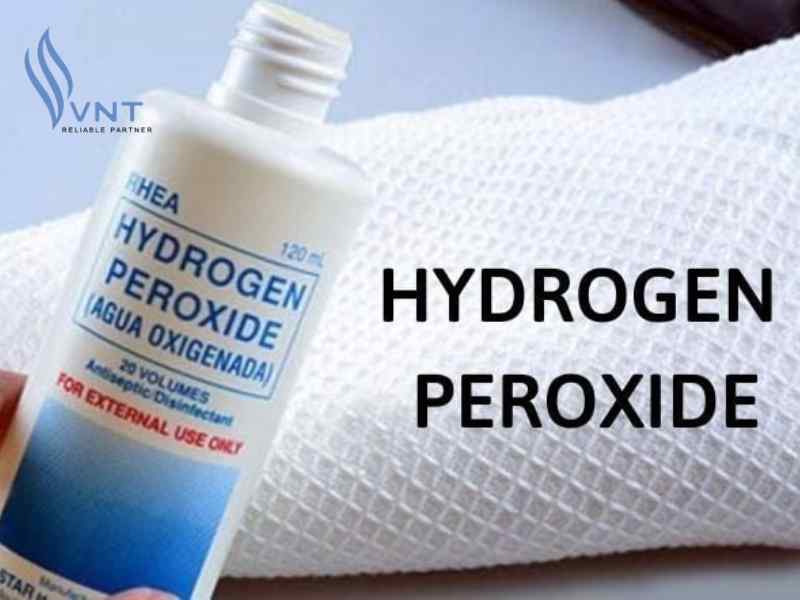
Hydro peroxit
2. Digoxin
Formula: C41H64O14
In appropriate amounts, Digoxin significantly improves cardiovascular function. Therefore, it is a specialized substance used to treat cardiovascular diseases in hospitals. Extracted and refined from ferns, high-dose digoxin also has a scary nickname - "Angel of Death".
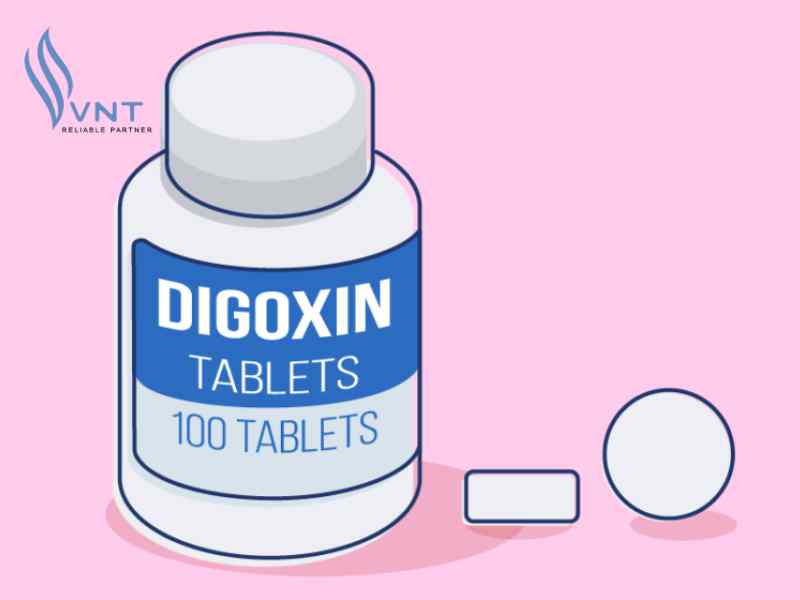
Digoxin
3. Nicotin
Formula: C10H14N2
This is a dangerous toxic chemical that is not too unfamiliar to us. Nicotine is found in the tobacco plant, a member of the herb family. In liquid form, nicotine can also be absorbed through the skin. And slowly penetrates the blood and causes destruction to the body.
Exposure to about 30-60 mg can cause death within a few hours. For smokers, it gradually destroys the lungs and internal organs over time.

A cigarette contains 1-3mg of Nicotine
4. Lead
Formula: Pb
From ancient times to the present, lead has been present in most household items. However, lead is a poison that cannot be ignored. Although it is not as toxic as the substances on the list, its presence is too widespread. And from there it causes no small damage.
When the human body is poisoned by lead, symptoms include vomiting, weakness, convulsions, coma and even death. Long-term exposure is the most common form of lead poisoning. This is especially dangerous for pregnant women and young children. It is dangerous for neurological development and causes irreparable damage.

Children with lead poisoning
5. Strychnine
Formula: C21H22N2O2
Strychnine can be extracted from the seeds of the Strychnos nux-vomica plant. This chemical is often used in rodenticides. Even a small dose can be fatal.
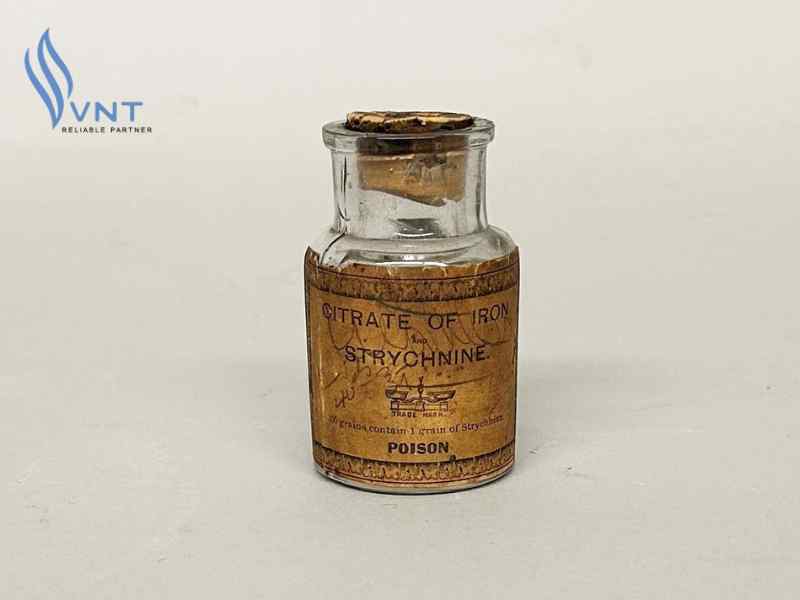
Strychnine
6. Sodium cyanide
Formula: NaCN
This is an extremely dangerous substance. This salt is used as an industrial chemical. However, if exposed, it can kill a person within seconds
Cyanide binds to cytochrome c oxidase in your mitochondria, disabling cell function. Cyanide poisoning tends to result in a distinctive almond smell on corpses, and they die after exposure to extremely small doses, only about 200-300 mg.
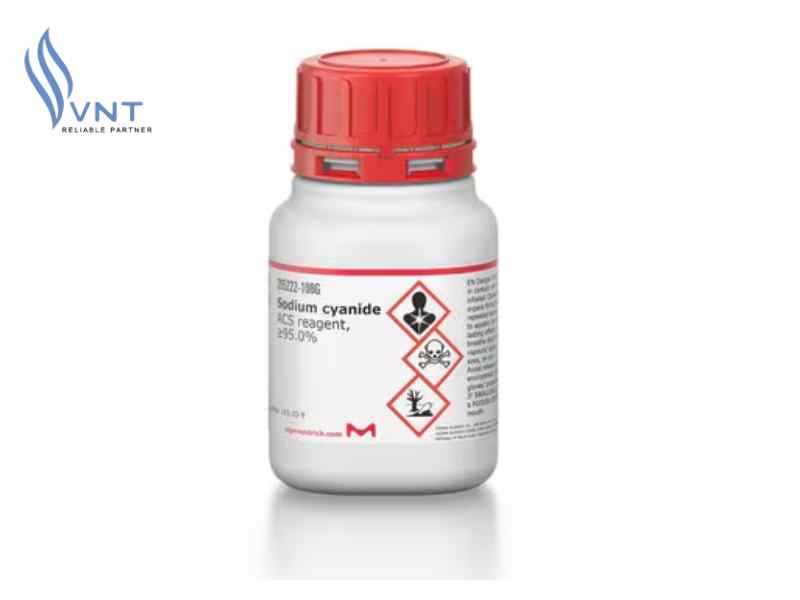
Sodium Cyanide
7. Mercury
Formula: Hg
Mercury is probably also very familiar to our lives. Mercury is often found in glass thermometers and some medical devices, electrical switches, fluorescent bulbs, etc. This long-term exposure has led to the inevitable results of mercury poisoning - dementia.
Mercury, which is liquid at room temperature, can easily evaporate and be inhaled by people standing nearby. But more worryingly, it can be absorbed directly through the skin. Because of its mobility, this seemingly harmless metal tends to develop in the food chain, especially seafood.
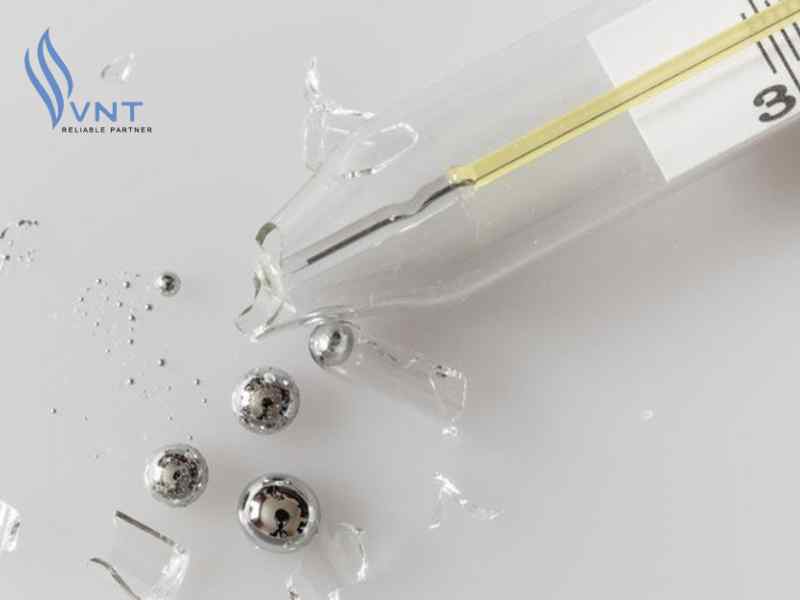
Thermometers – the most common mercury-containing objects you come into contact with
8. Batrachotoxin
Formula: C31H42N2O6
This toxin is usually extracted from the excretion of poison frogs. It is one of the most powerful neurotoxins in the world. One frog can kill more than 20 people or 2 elephants.
This toxin affects nerve cells, paralyzing them and preventing them from communicating with the rest of the body. Therefore, clubs often use this chemical for poison darts.

Batrachotoxin
9. Arsenic
Formula: As
Arsenic is commonly known as Arsenic. Like lead, arsenic poisoning can occur through repeated exposure. Ingestion will cause stomach upset – vomiting, diarrhea, stomach bleeding and severe pain. Death will follow quickly.
Arsenic will affect the ATP enzyme in human cells, preventing the transfer of energy. In large amounts, it causes convulsions, coma and death. In small amounts, it can cause cancer, heart disease and diabetes.
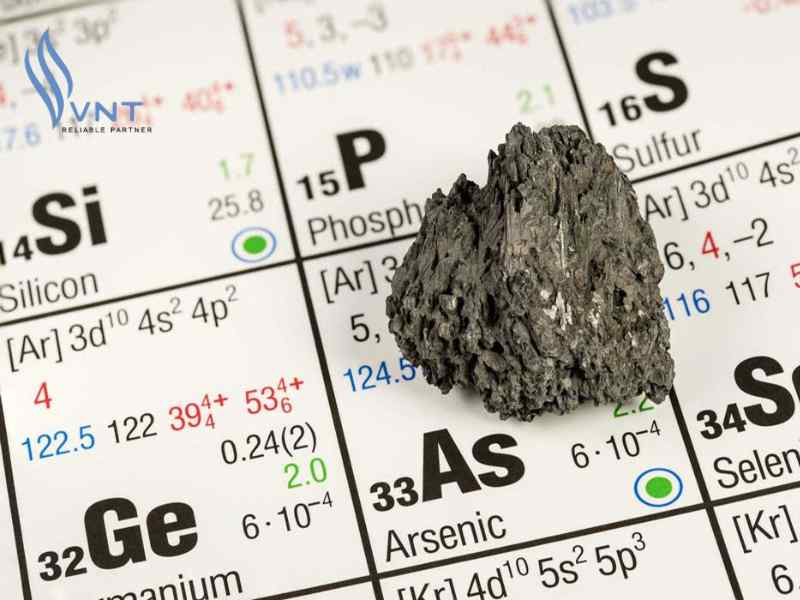
Asenic
10. Agent Orange
Formula: C24H27Cl5O6
2,3,7,8 Tetrachlorodibenzo-p-dioxin is one of the most dangerous toxins ever created by humans. Agent Orange was originally developed to defoliate forests during the Vietnam War. They cause severe skin damage to those exposed.
And it also causes birth defects in those exposed. It is estimated that about 4.8 million Vietnamese people were exposed to Agent Orange during the war, leaving behind enormous physical and psychological damage to themselves and future generations.
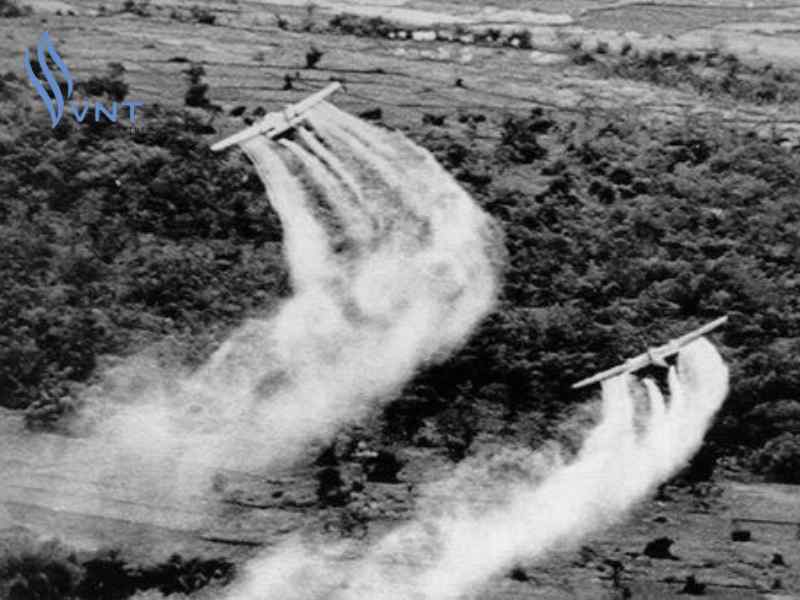
The effects of Agent Orange affect today
11. Ammonium nitrate (over 98%)
Formula: (NH4)(NO3)
This is a chemical used in the production of explosives. When the content of this substance is over 98% and the mass is over 50 tons, it will be very difficult to control. In addition, Ammonium nitrate is also used in the production of fertilizers, so it is still produced to serve the needs with a smaller content.
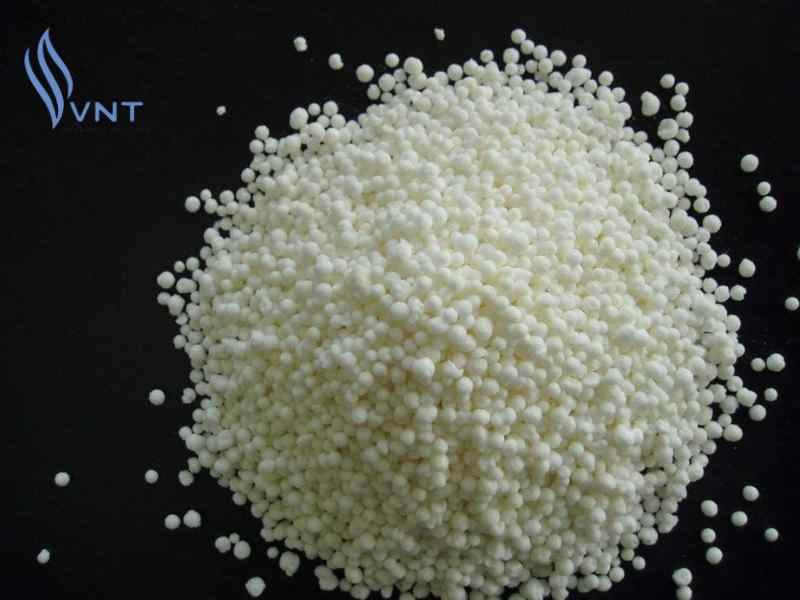
Amoni Nitrat
12. Liquefied extremely flammable gases
Liquefied gases are flammable mixtures of hydrocarbons used as fuels in heating appliances and vehicles. Because of their flammable nature, care must be taken when handling and storing them.
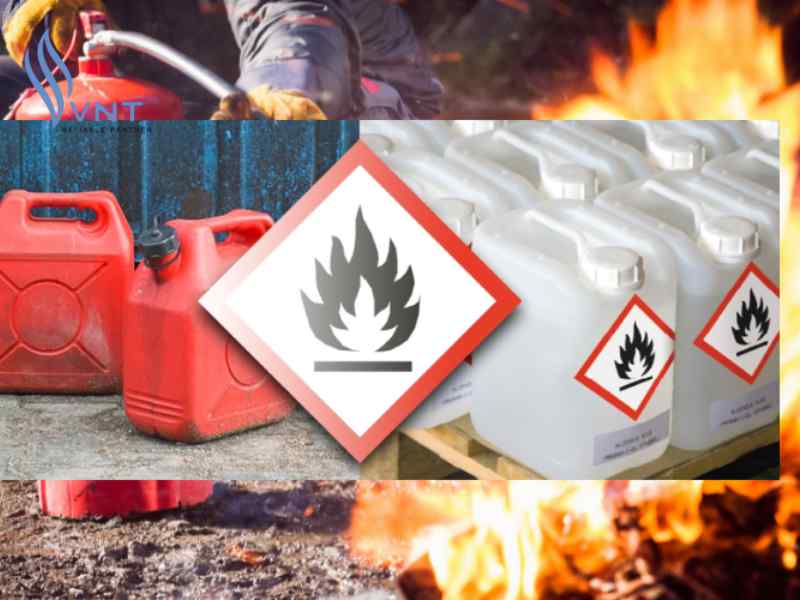
Flammable and Explosive Liquefied Gases
13. Chlorine
Formula: Cl
In addition to the diverse applications of Chlorine in industry, this chemical is also listed as a dangerous toxic chemical because of its impact on the environment.
Flammable when exposed to air, Chlorine was used to produce poisons during World War II. Therefore, the state strictly manages this chemical.

Clo
14. Bromine
Formula: Br
Bromine is often used to make pharmaceuticals, dyes, film coatings, etc. However, Bromine also causes significant effects on human health. Mild diseases can be at the level of watery eyes, coughing, dizziness, more severe will cause nosebleeds.
Even bronchitis, suffocation, other diseases can lead to death. When working with Bromine, you must conduct a round cabinet, wear glasses and gloves to avoid direct contact.
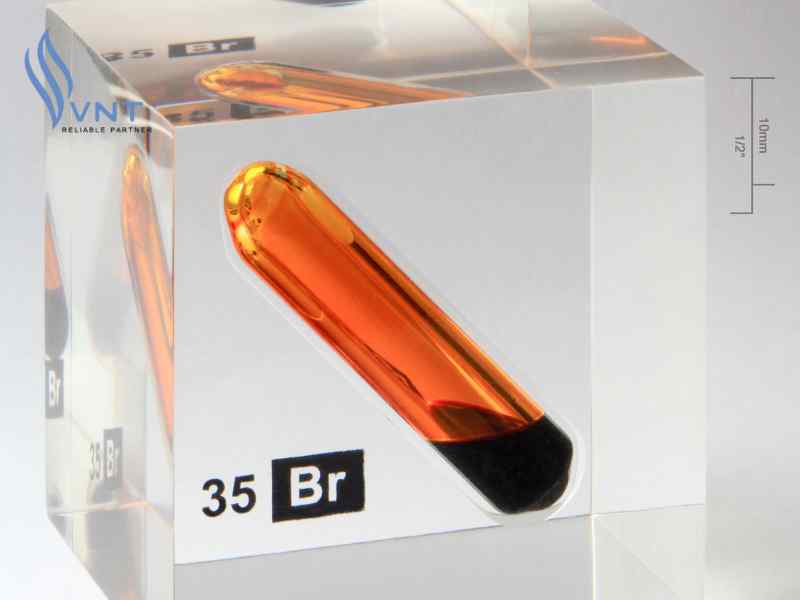
Bromine Poison
15. Hydrogen Cyanide
Formula: HCN
Hydrogen cyanide, also known as hydrocyanic acid, the salts formed are called cyanide. This is a very toxic acid, with only 2-3 drops of it being enough to kill a dog. When mildly poisoned, people feel headaches, vomiting, and a pounding heart. When severely poisoned, people lose sensation, suffocate, can go to respiratory arrest and die due to cardiac arrest.
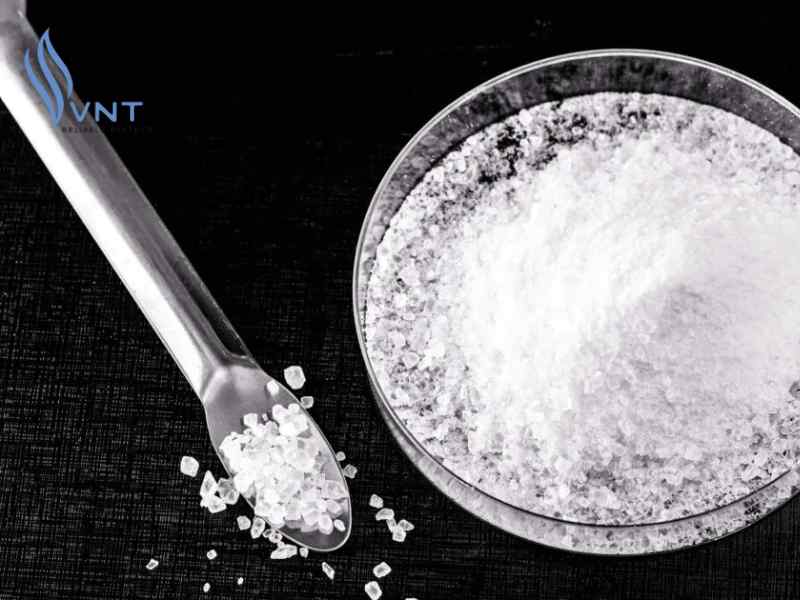
Hydrogen cyanide is extremely toxic
16. Brodifacoum
Formula: C31H23BrO3
Brodifacoum works by depleting the blood of vitamin K, a substance needed in the clotting process. This causes massive internal bleeding, with blood leaking from the smallest vessels, leading to death.
In recent years, Brodifacoum has become one of the most widely used pesticides in the world. It is also commonly used as a rat poison.
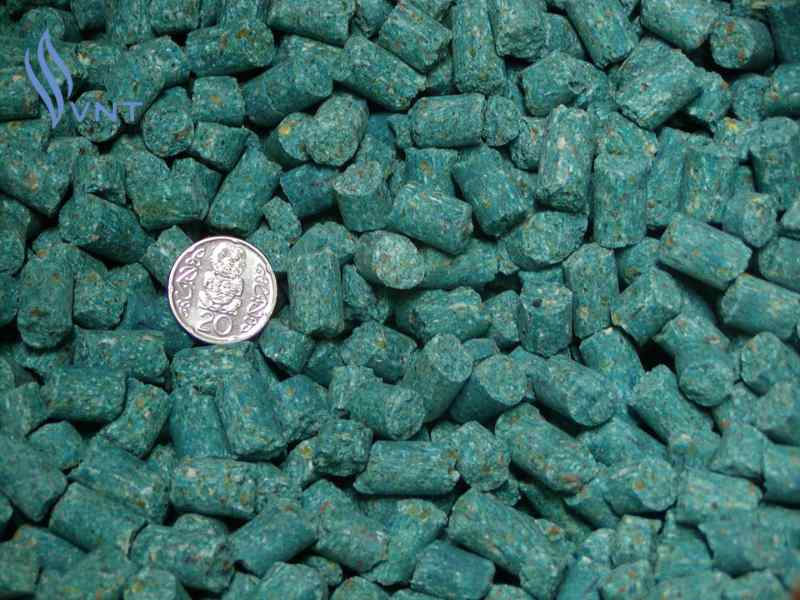
Brodifacoum is commonly used as a rat poison
Chemicals and chemical elements are commonly found around us. Basically, most of them are harmless if you are exposed to a sufficient amount. However, the list of toxic chemicals in industry below you need to remember and stay away from, they can seriously affect your health, even take your life.



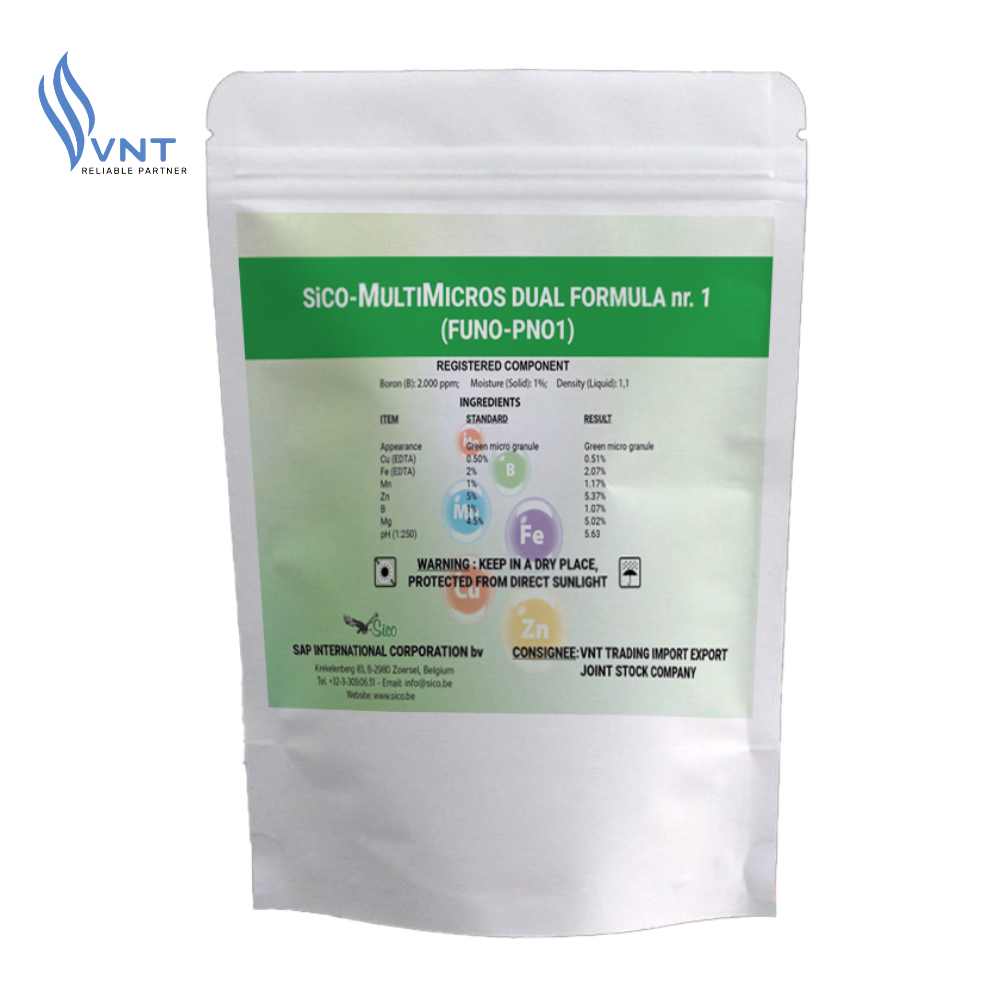
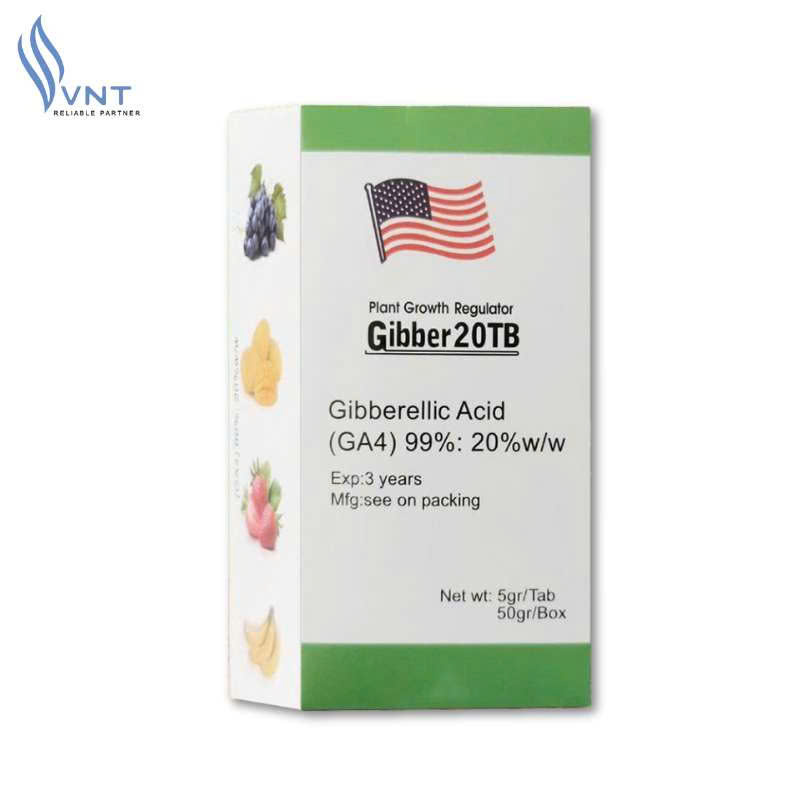
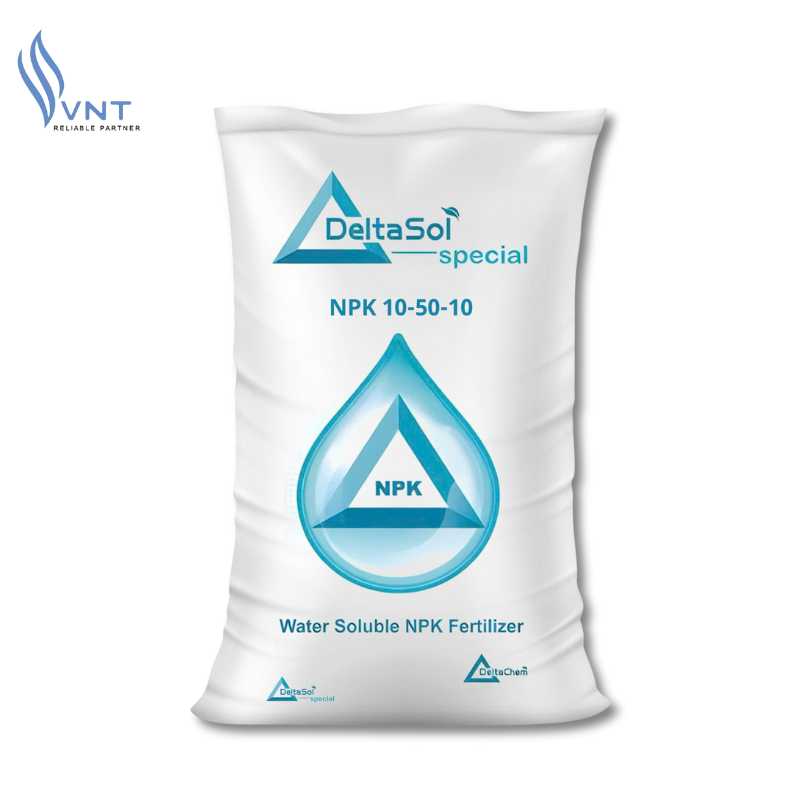
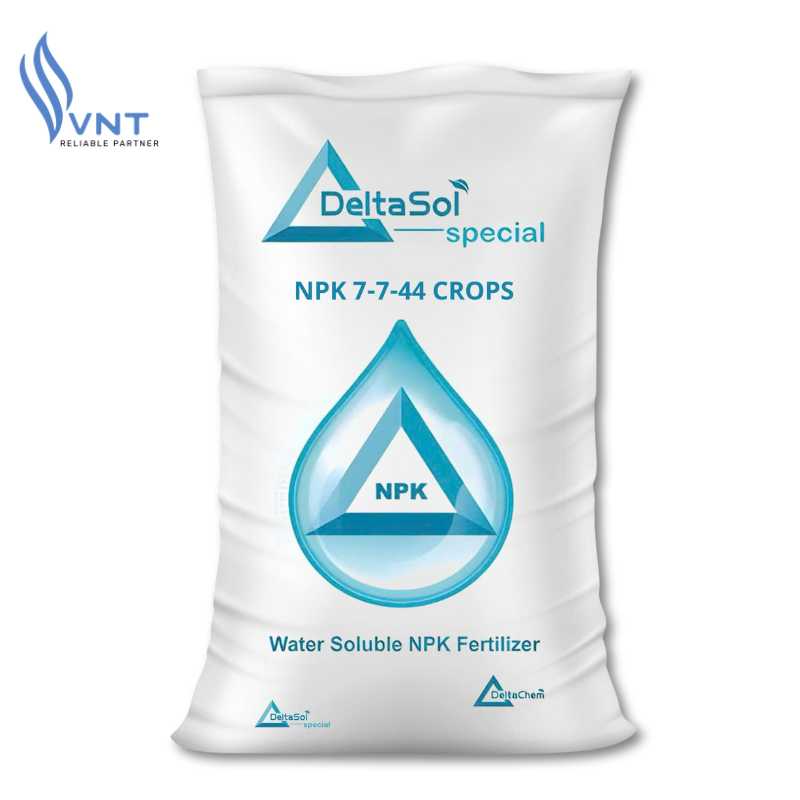
![[Q&A] How Long After Applying NPK Fertilizer Can You Eat Vegetables?](https://vntradimex.com/public/files/news/bon-phan-npk-cho-rau-bao-lau-thi-an-duoc-685e204cde416.jpg)
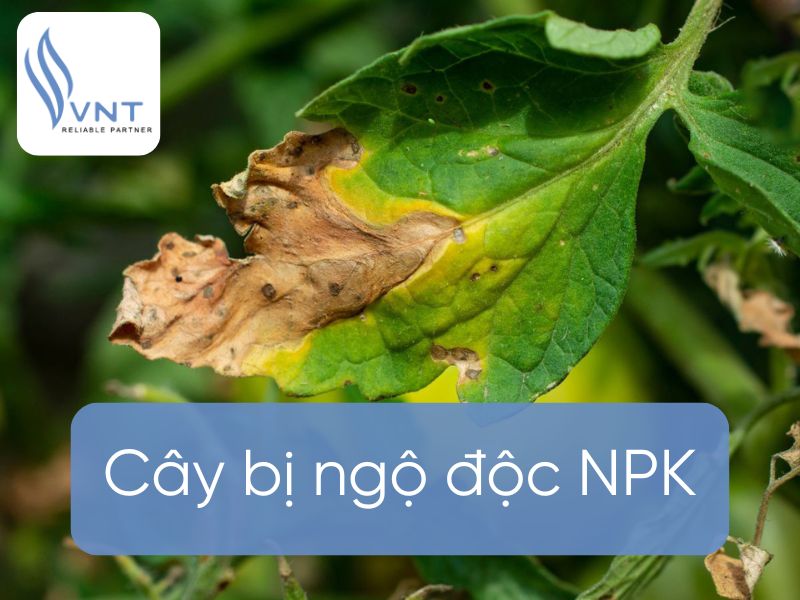
![[SHARE] How to use NPK fertilizer properly that everyone should know!](https://vntradimex.com/public/files/news/cach-dung-phan-bon-npk-dung-cach-682c46ab907d2.jpg)




